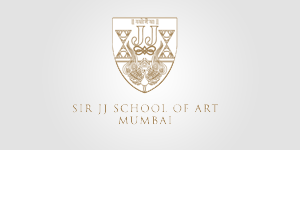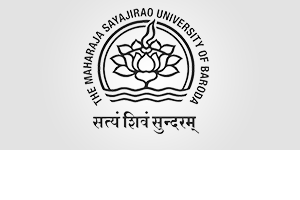ART AS A CAREER
ART AS A CAREER

Simple though it may seem the term Art has very broad connotations. Loosely defined the term denotes anything and everything that is aesthetically appealing, visually delightful, and requiring certain skills. Accordingly art includes a number of things: painting, sculpture, sketching, cartooning, dance, music, singing, poetry, ceramics and pottery, photography, flower arrangement (e.g. ikebana), interior designing and yes, even cooking!!!
In modern times, however, Art has been broadly categorised into two-three groups e.g. performing arts, visual arts and fine arts etc. The latter encompasses sculpture, painting, sketching, drawing and graphics.
India has a rich tradition and heritage or art. There are many individuals who have attained the acme of fame. Yet there remain innumerable nameless, inconspicuous but highly talented artists, who make significant contributions to art who wallow in poverty and squalour. From painters of Kalighat pat (Kolkata) pattachitra (orissa), kalamkari (hyderabad) Madhubani (Bihar) to those of Pichwai (Rajasthan) Chamba (HimachalPradesh) there are indeed hordes and hordes of them, who eventually pass into oblivion, unwept and unsung.
The minimum qualification for taking up the course is Class 12. For the degree courses, there is an entrance test in which the aptitude of a person is checked. You may have to make a still life sketch as well as a free-hand drawing on any medium from given topics. There is also a general awareness section in which general knowledge is asked. The next step in the admission process is the interview. A person should have substantial portfolio to display during the interview.
It is important to practice drawing at home. For help and guidance, one can approach students of the arts colleges or even the faculty members. In certain cities, those who have just graduated organise crash courses too. Free-hand drawing must be practiced too and the best of the work should be selected for the portfolio.
Fine Arts
PAINTERS: Painters paint portraits, landscapes, scenery, still life, abstract design, murals etc. On different surfaces with different mediums.
SCULPTORS: The sculptor carves figures, statues, monuments and other media in imaginative designs by chiseling stone or carving wood or modeling clay. Modern sculptors utilize materials like reinforced cement, concrete or white bronze or plaster of Paris.
Commercial Art
The main work of commercial artists involves designing advertisement displays, packaging, creation of visuals etc. This can be in the following areas:
DESIGN : The function of the designer is to be conscious of the requirements of an industry. Designers usually work with a team of experts from different disciplines, both technical and business. Their ideas have to be tailored to fit in with commercial and technical requirements.
GRAPHICS : This is concerned with lettering, illustration including photography; the design of symbols and logos. Its also includes visual aids for industrial and educational application, TV graphics, captions, programme titles, all non-verbal TV presentations of information, such as election result, trade figure trends etc; packaging , publicity and advertising, stamp and letterhead design etc.
APTITUDE REQUIRED
Talent, dedication, an eye for form, ability to utilize colours and creative ability to develop original ideas.
CAREER PROSPECTS
Specialists in the fine arts can work as freelancers or can be employed by TV and film studios. They can teach art at the school level.
Specialists in commercial art have various job openings in art studios, advertising agencies, publishing houses, departments of commercial establishments etc. A large number of commercial artists are freelancers and they design a range of items. They design for advertising agencies, fashion houses and other places needing their expertise.







